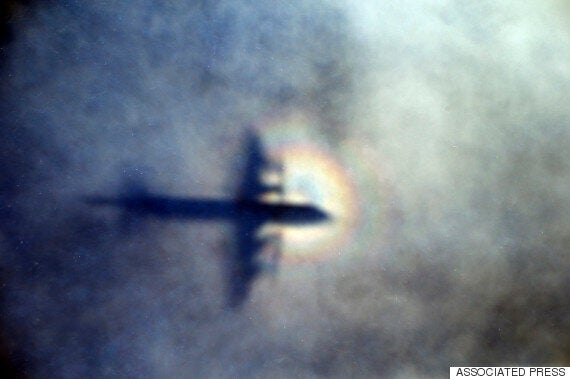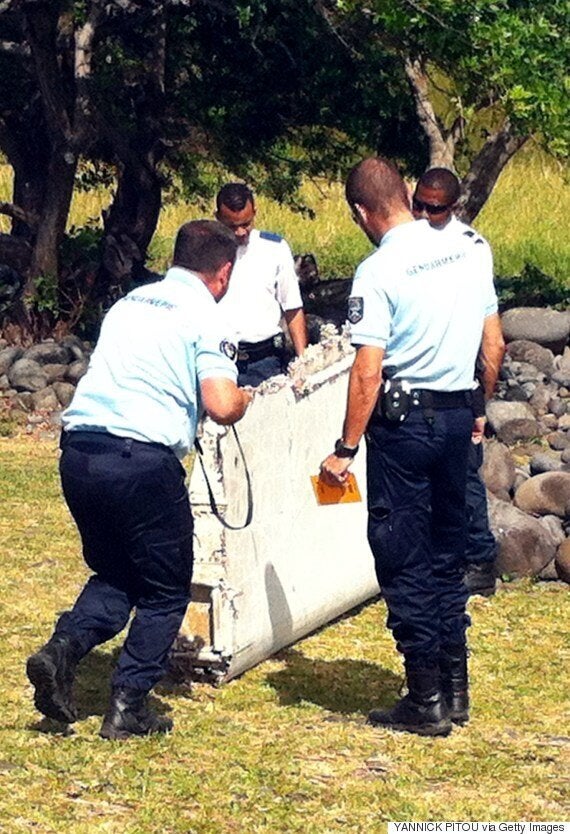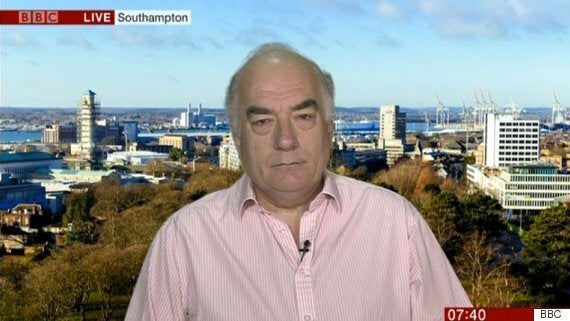The head of the search effort for missing Malaysia Airlines flight MH370 believes the rest of the aircraft will be found by July, if not before.
Martin Dolan, who is chief commissioner of the Australian Transport Safety Bureau, has been leading the search effort since the plane disappeared from radar with all 239 souls on board on 8 March 2014.
An optimistic-sounding Dolan told the Guardian: “It’s as likely on the last day [of the search] as on the first that the aircraft would be there.

The shadow of a Royal New Zealand Air Force P3 Orion is seen on low level cloud while the aircraft searches for missing Malaysia Airlines Flight MH370 in the southern Indian Ocean
“We’ve covered nearly three-quarters of the search area, and since we haven’t found the aircraft in those areas, that increases the likelihood that it’s in the areas we haven’t looked at yet.”
As the second anniversary of the disappearance of the Boeing 777 approaches, Dolan’s team is scouring the desolate waters of the Indian Ocean 1,800km off Australia’s west coast.
He added: “We’ve still got some serious area to cover, including some areas in the assessment that are highly prospective for finding the aircraft, and the aircraft’s very likely there.

Officials collect a piece of plane debris on the French island of Reunion
“We’ll cover those very thoroughly and I hope our next conversation is going to be about how we found the aircraft.”
Speaking to the Associated Press, he said: “Our best estimate back then was that it would take up to two years. We were hoping we’d do it more quickly than that. But we knew this was potentially a long game and we planned for the long game.”
By late June or early July, crews are expected to finish scouring the 120,000-square-kilometer (46,000-square mile) search zone. If they haven't found the Boeing 777 by then, there are no plans to expand the search area - to the dismay of relatives who lost loved ones in the tragedy.
The location of the flaperon would be consistent with the theory that the plane crashed within the search area, with Dolan confirming that analysis of ocean currents proved the part could have drifted to the island.
The hypothesis is supported supported by oceanographer Dr Simon Boxhall of the University of Southampton.

Oceanographer Dr Simon Boxhall
Last year he told the BBC: “It fits in perfectly. If the plane did indeed go down off the south west coast of Australia then the Western Australian currents will have taken the wing north, it would have then caught up with what we call the southern equatorial current.
“A fast-flowing current would have pushed it towards Madagascar and it would take about 15 to 18 months for any sort of debris at the surface to appear somewhere like Reunion.
“Reunion is a very small island, very remote, but it sort of sits slap bang in the middle of this fast flow."
When asked if he believed further plane parts would be found, he replied: “We would expect it, we were almost waiting for debris to start appearing. The route the debris would have taken goes across a very unpopulated part of the ocean and Reunion is really the first sort of island that these things hit.
"Much of it will appear along the coast of Madagascar, if there is much debris left and then of course it carries on round in a big gyre a big sort of anti-clockwise roundabout and it could spend the next 100 years going around in that gyre. So we would expect to start seeing parts of debris in this area.”
Robin Beaman, a marine geologist at Australia's James Cook University, said there is precedence for large objects travelling vast distances across the Indian Ocean. Last year, a man lost his boat off the Western Australia coast after it overturned in rough seas. Eight months later, the boat turned up off the French island of Mayotte, west of Madagascar - 7,400 kilometers (4,600 miles) from where it disappeared.
"I don't think we should rule anything out, that's for sure," Beaman said.